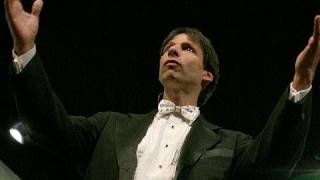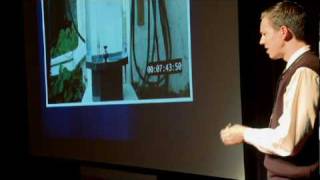












Example 1 Add a title (optional)
As an example of signal complexity, we can express the pulse
 Δ
Δ 


Add a title (optional)
 Δ
Δ 











 Δ
Δ
Exercise 1 Add a title (optional)
Express a square wave having period


Solution




 Σ
Σ


 ∞ ∞
∞ ∞ 
















Theorem 1: Pythagorean Theorem
On a right triangle, the sum of the squares of the sides equals the square of the hypotenus.
Proof Add a title (optional)
Take a right triangle whose sides are of length 3, 4, and 5. In this case the sum of the square of the two shorter sides is 9+16=25. The square of the hypotenus is 25. So the theorem holds.

 Describe the image for someone who cannot see it.
This description can be read aloud, making it possible for visually impaired learners to understand the content. (Do not simply duplicate the caption.)
Describe the image for someone who cannot see it.
This description can be read aloud, making it possible for visually impaired learners to understand the content. (Do not simply duplicate the caption.)








